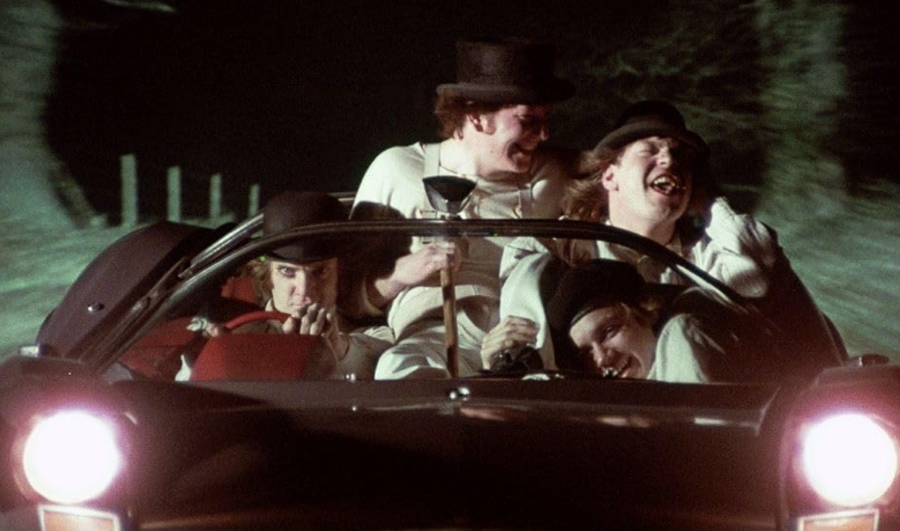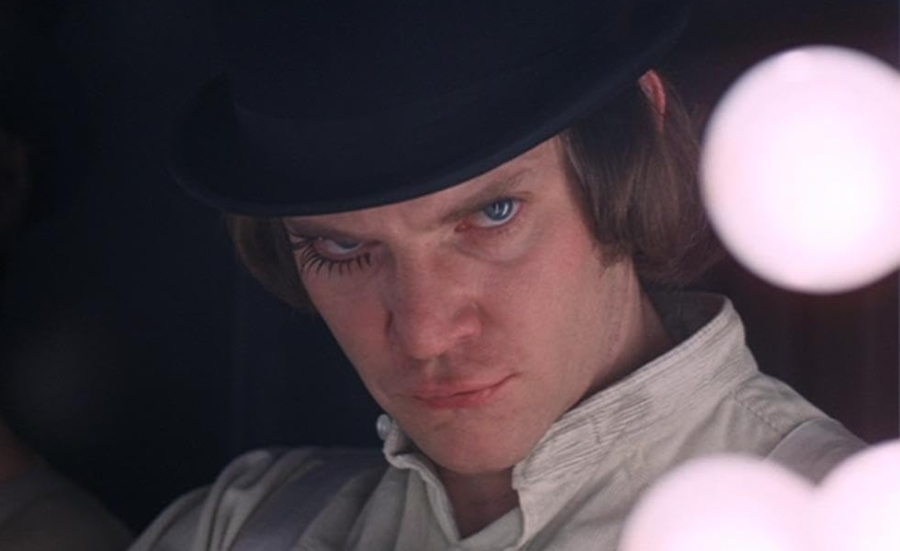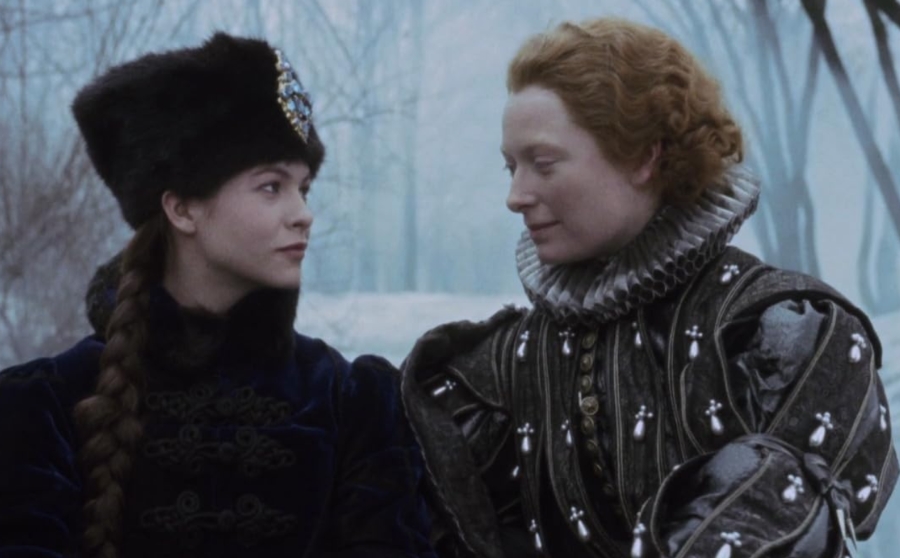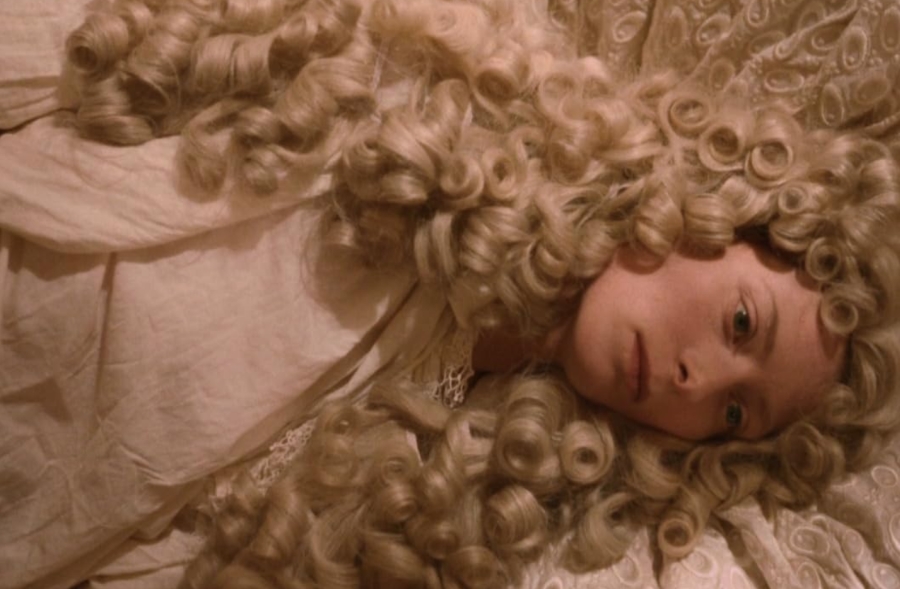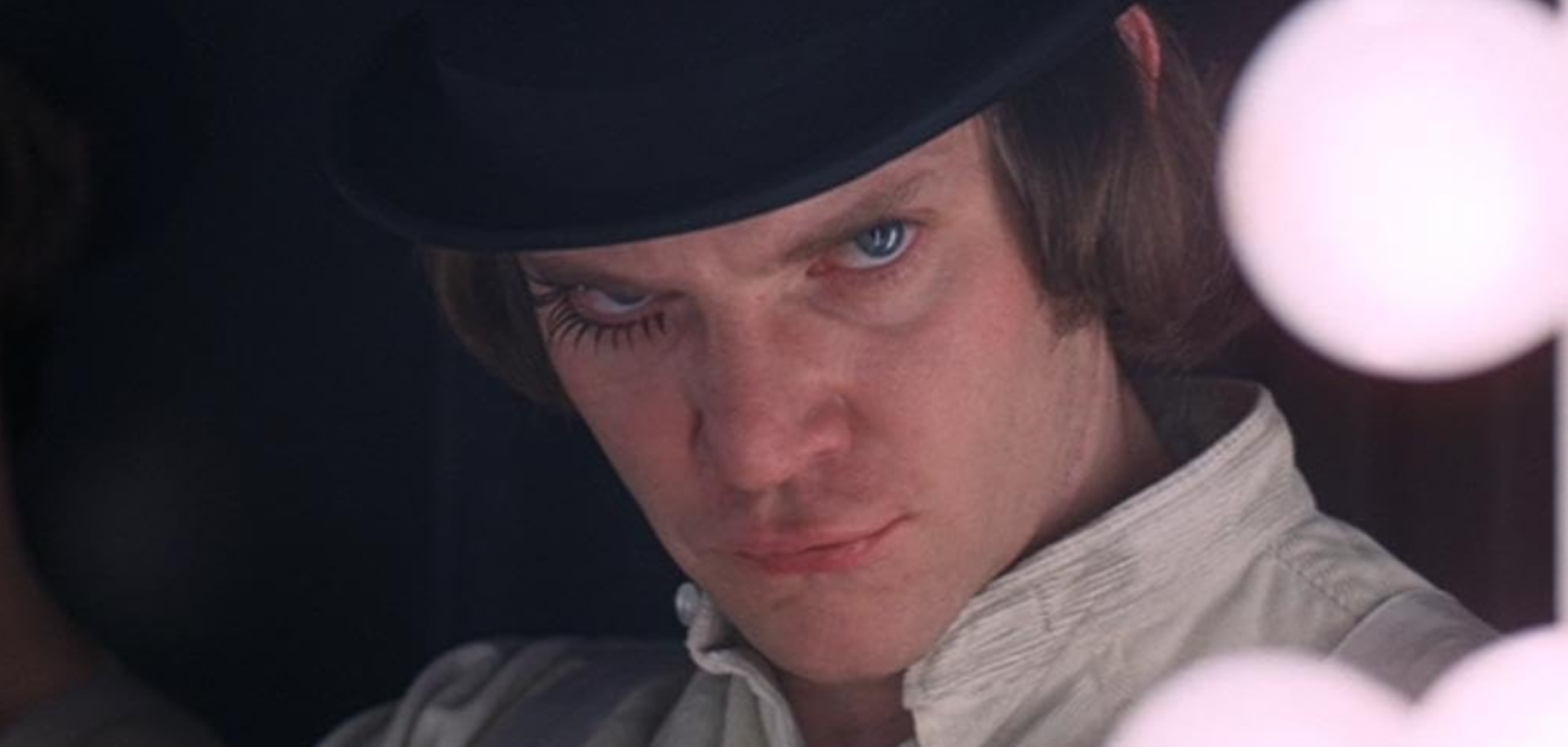
The novels that inspired your favourite films and series
Emerging generations of artists have discovered innovative ways to retell classic stories. Among these innovative endeavours is the cinematic adaptation of Alasdair Gray's literary masterpiece, 'Poor Things,' slated for a public release in 2024.
Around the globe, storytelling has long been a way of passing down poems, epic legends, and ballads that share stories of heroism, love, and everything in between. Storytelling, be it tragic or comedic, stands out as one of the most ancient art forms devised by humanity.
To go back to the first traces of our tales, think back to ancient times when civilizations painted stories on cave walls. As human civilization advanced, storytelling transitioned into written form. The advent of cinema introduced a remarkable pathway for narrative expression. With the global popularity of moving pictures, filmmakers swiftly embraced the opportunity to transform age-old tales into this innovative visual medium. As the first one of its kind, it was the Brothers Grimm's tale of iconic ‘Cinderella’ that was adapted into a movie.
Medium as a space for re-telling a story
Today, the medium has evolved into a dynamic space for retelling stories. In the realms of film and television, it's evident that our goal extends beyond a mere recounting of tales; we now seek to reimagine the original narrative while preserving its unique ideas and messages. The transformation of literary works into visual experiences marks a convergence of narrative elements, a process subject to various rules. The audience's connection with the original story often makes drastic visual adaptations unsettling. Nevertheless, modern directors bring a fresh perspective by introducing additional elements that, while deviating from the specific book, can be a logical alternative without compromising the story's core idea. Crucially, adapting stories to a visual medium introduces visual elements that transcend traditional storytelling, allowing audiences to witness narratives and characters once confined to imagination.
Certain adaptations of literary work stand out as some of the most original pieces of cinema. Film directors with their unique visions have taken on the challenging task of adapting intricate works of literature, successfully infusing them with their personal touch. Adaptations of books like ‘A Clockwork Orange’, ‘Orlando’, and ‘Anne of Green Gables’ crafted with a distinct visual style, transcend mere narrative mastery; they hold significance for their ability to delve into crucial topics relevant to modern audiences. These films not only bring the original works to life but also contribute new layers of meaning, making them distinctive and impactful in their own right.
1. A Clockwork Orange, 1971
A Clockwork Orange, 1971 © IMDb
'A Clockwork Orange', written by Anthony Burgess, is a 1962 dystopian novel that dives into the dark corners of human nature and society. The narrative follows Alex, a charismatic yet malevolent young man with a penchant for ultra-violence and Beethoven. Set in a bleak future, the story explores the moral dilemma of free will and the government's attempt to reform criminals through a controversial psychological conditioning: the Ludovico Technique.
In 1971, Stanley Kubrick brought this provocative tale to the big screen with his film adaptation. Kubrick's vision is both visually striking and unsettling, capturing the essence of Burgess's narrative while infusing it with his unique cinematic style. The film is renowned for its innovative use of music, particularly the juxtaposition of classical compositions with scenes of brutal violence.
There are notable differences between the novel and Kubrick's film, the most significant one being the ending. The film omits the novel's final chapter, altering the conclusion and leaving Alex's fate more ambiguous. In the novel, we see that Alex becomes a functional member of society, while the film does not necessarily leave any indication of such a change. It embraces the dystopian nature of the story and shows that some things cannot be erased from human nature.
'A Clockwork Orange’ is one of the best film adaptations of the literary work. It maintains the original narrative of the story, but Kubrick’s strong influence is palpable.
2. Orlando, 1993
Orlando, 1993 © IMDb
'Orlando: A Biography' by Virginia Woolf, first published in 1928, is a groundbreaking novel that defies conventional boundaries. The story follows Orlando, a young nobleman in Elizabethan England, who mysteriously transforms into a woman and lives for centuries, experiencing various historical periods and societal changes. Woolf's work explores themes of gender, identity, and the fluidity of time.
In 1993, Sally Potter adapted Woolf's novel into the film ‘Orlando’, starring Tilda Swinton in the leading role. The film's aesthetic choices, including costume design and set pieces, bridge the historical and the contemporary, making it visually engaging for modern audiences.
The book contains some specific biographical facts connected Virginia Woolf’s lover, Vita Sackville-West her life. However, in the adaptation Sally Potter
tried to restore Orlando on film to a view more consistently detached and bitingly ironic in its view of the English class system and the colonial attitudes arising from it.
Also, in the film, unlike in the novel, Orlando’s choices end up leaving her without marriage or property, and she has a daughter, not a son.
In the film, it might seem that Sally Potter’s choices have created a character whose development and life path are closer to the actual bitterness of the truth. However, the adaptation of this novel transformed the mastery of Virginia Woolf into the cinematic realm and brought a new life to her magnificent novel.
3. Anne of Green Gables, 1908
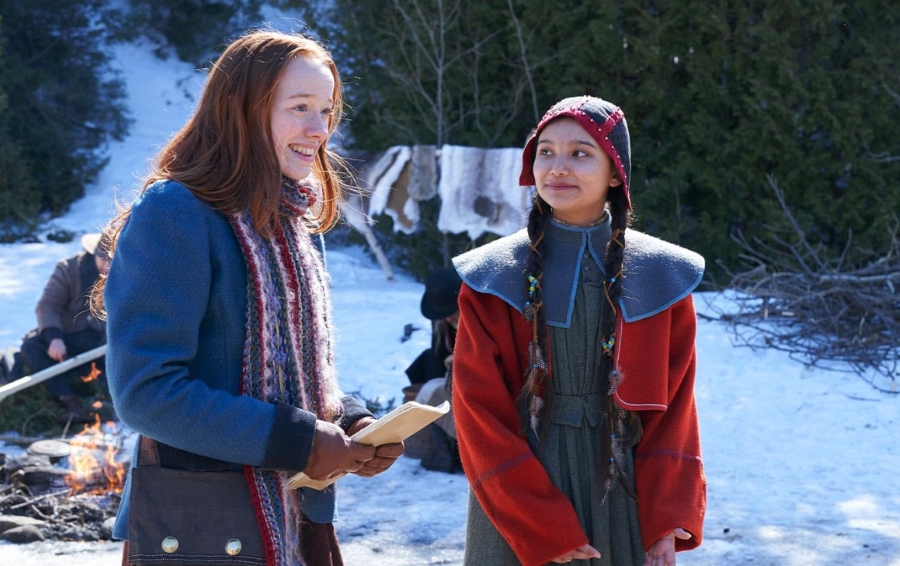 Anne of Green Gables, 1908 © IMDb
Anne of Green Gables, 1908 © IMDb‘Anne of Green Gables’ is a novel by Canadian writer Lucy Maud Montgomery. The story, set in the 19th century, revolves around Anne Shirley, an imaginative and spirited orphan with bright red hair who is sent to live with Marilla and Matthew Cuthbert, siblings who had intended to adopt a boy to help them with their farm in the fictional town of Avonlea.
The story has been adapted into various formats starting from anime to film, and TV series. Its 2017 Netflix adaptation, ‘Anne with an E’ has been the most famous one. What makes this version so significant is the exploration of themes that are not necessarily highlighted in the original novel, but are brought to the spotlight by the TV series. The show explores various social issues, such as gender inequality, racism, and LGBTQ+ representation. Even though we don’t read about those themes in the book, it is important to understand the recent adaptation is a modernised version of the classical piece of fiction and, therefore, has additional elements that are relevant to our time. More specifically, now, it is possible to openly explore and discuss the issues that have existed for centuries, and the late 19th century was no exception either. In this sense, the adaptation of this classical story gave a whole new voice to the novel and brought up the topics that deserve to be recognized.
As Tarkovy once pointed out,
a book read by a thousand different people is a thousand different books.
That’s why the process of creating something new never starts from the blank page. It is a mixture of curiosity, inspiration, and influence. Different mediums inspire each other, and that is why it is important to appreciate the diversity of transmedia storytelling. In this sense, the adaptations of literary works are original depictions which add a new layer of sophistication to the stories that can be enjoyed in different formats.
As an Art de Vivre subscriber, elevate your cultural experience and make sure you also read our review of the Palme d’Or-winning thriller, 'Anatomy of a Fall.'
Credits for the Main photo: © IMDb

